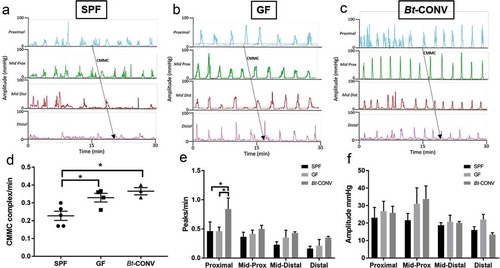Figures & data
Figure 1. Neuronal innervation is promoted by Bt-CONV.
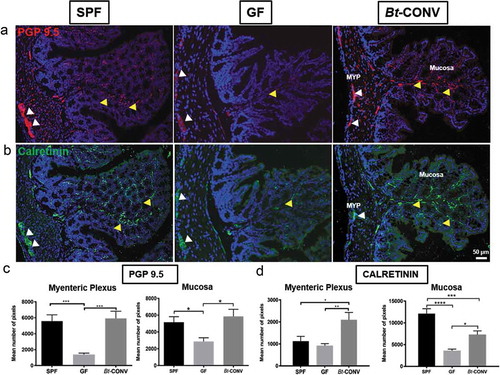
Figure 2. Bt normalizes expression of neuronal subtype post-GF perturbations.

Figure 3. Bt-CONV increases neuronal budding and glial cells.
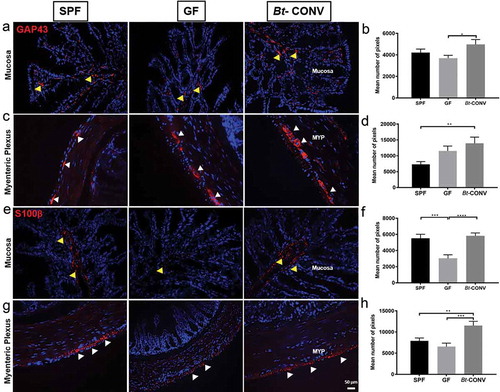
Figure 4. Bt-CONV specifically downregulates claudin 3 and upregulates TLR2 mRNA expression.
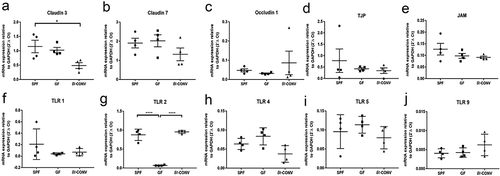
Figure 5. Bt-CONV specifically normalizes L-cells only.
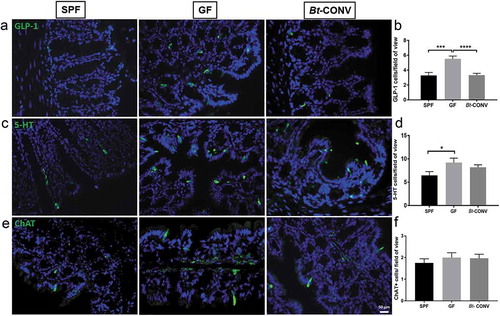
Figure 6. Coordinated colonic contractions are regulated by Bt.
